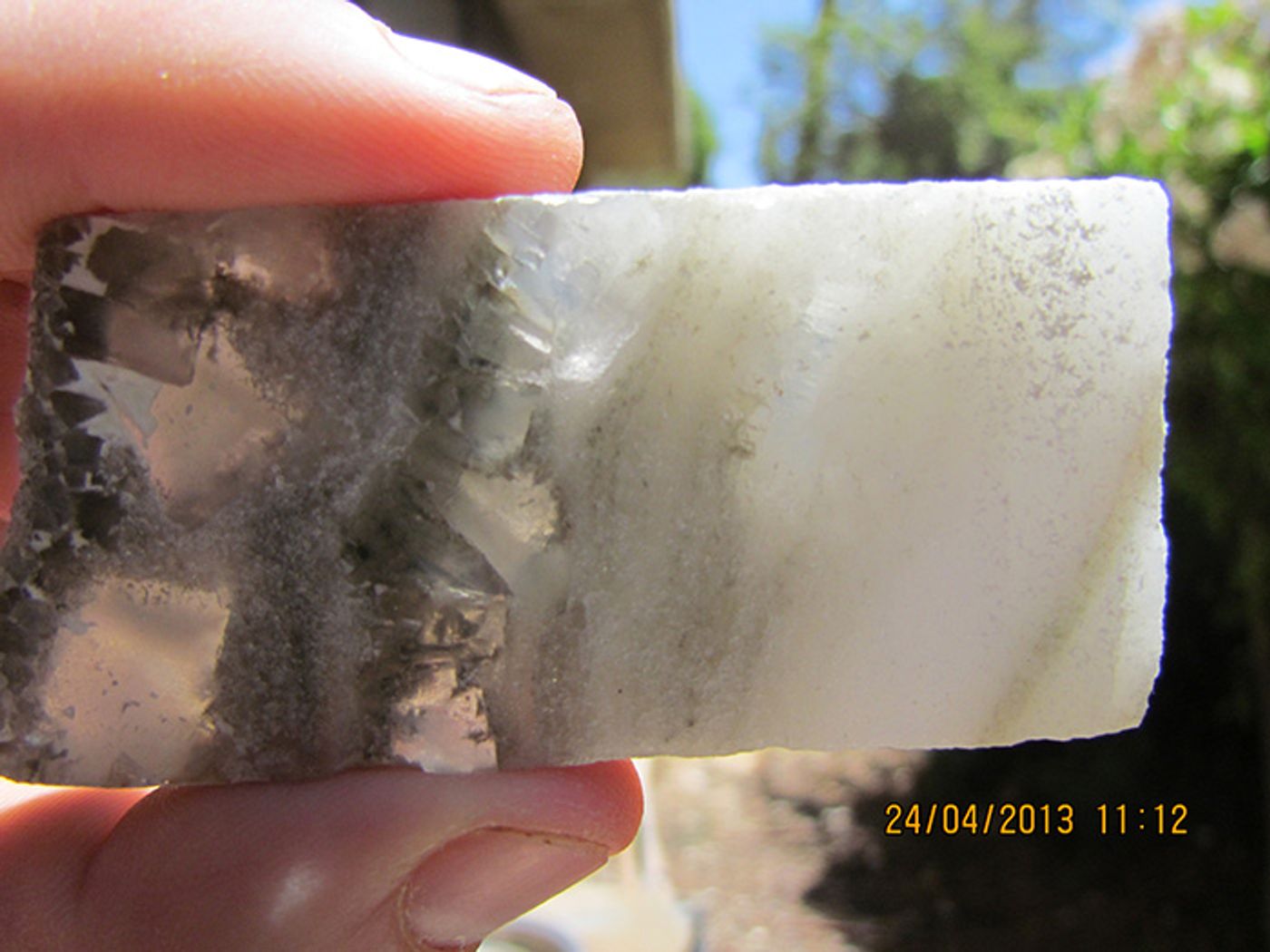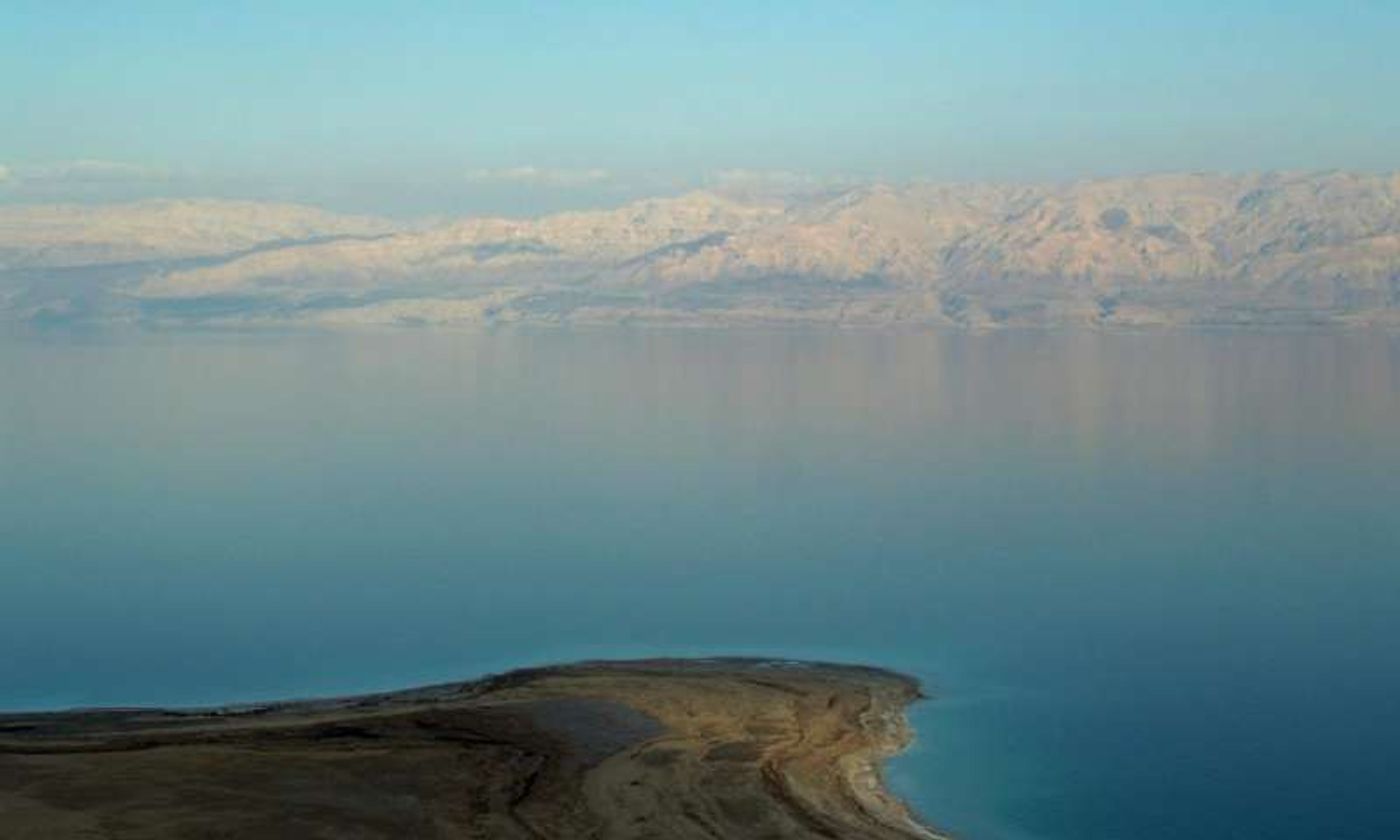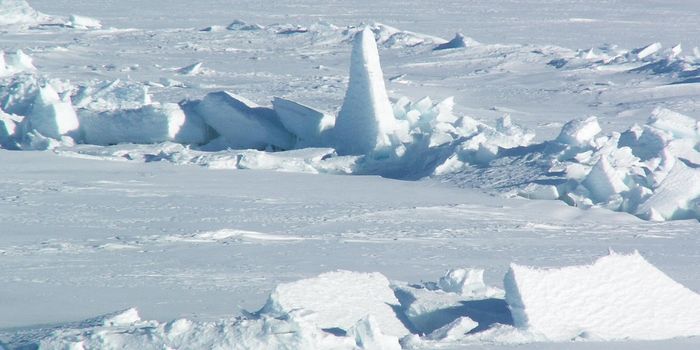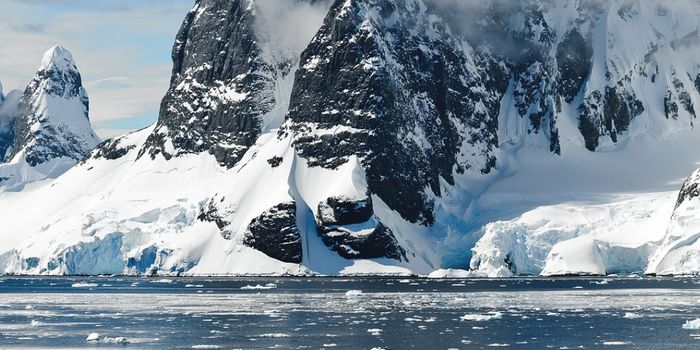The Dead Sea Holds Warnings For Extreme Drought
In 2010 scientists drilled 1,500 feet into the seabed of the Dead Sea to retrieve cores of deposits that would give them a 200,000 year old record of the region’s climate. Within the cores there was more information than hoped for; they showed alternating layers of mud from runoff during wet times, and crystallized salt, precipitated out during dry times when the water receded. What exactly does that demonstrate? That the Middle East struggled with drought to extremes that humans have never before recorded. The findings from these cores were delayed in analysis, and only recently were they published in an early online edition of Earth and Planetary Science Letters.
The cores show that salt accumulated very quickly, at approximately half an inch per year, which means that the Dead sea experienced a drastic drop in its level. This seemed to have happened at two different periods, one of which was between 115,000 to 130,000 years ago. At this time there were changes in Earth’s orbit which resulted in temperatures that were about 4 degrees hotter that our current temperatures.The scary part of this finding is that the conditions that the planet was under during that time is roughly equivalent to projections of temperatures for the end of the twenty-first century.
"All the observations show this region is one of those most affected by modern climate change, and it's predicted to get dryer. What we showed is that even under natural conditions, it can become much drier than predicted by any of our models," said lead author Yael Kiro, a geochemist at Columbia University's Lamont-Doherty Earth Observatory.
By analyzing the chemistry of tiny fluid bubbles within the salt, researchers could determine rainfall and runoff patterns of these periods.The crystalline salt layers show that rainfall decreased to a little as one fifth of the average that we experience in this modern age. The study reports that the runoff to the Dead Sea generally declined 50 to 70 percent compared to today, and in the extremest periods it went down 80 percent. This lasted for decades to centuries at a time.
The results from this study point towards the possibility of the Middle East entering an extreme dry period once again. However, the consequences of such conditions in this region would undoubtedly be more devastating than they were 120,000 years ago because the region currently supports a vast human population.The U.N. Food and Agriculture Organization estimates that much of the region already has per capita water availability only a tenth of the world average. Since 1950, rainfall has declined about 10 percent and is expected to decline another 20 percent by the end of this century as population grows and temperatures rise.
"The Dead Sea is wasting away today because humans are using up all its fresh-water sources,” said Steven Goldstein, a geochemist at Lamont-Doherty and coauthor of the paper. “Our study shows that in the past, without any human intervention, the fresh water nearly stopped flowing. This means that if it keeps getting hotter now, it could stop running again. This time, it would affect millions of people.”
Sources: ScienceDaily, Science Direct










